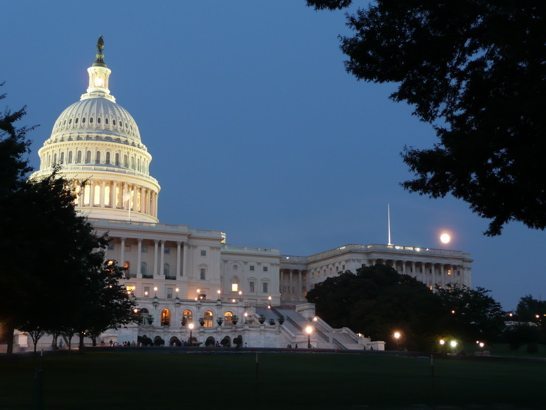It all starts with the census! The American Constitution mandates that every ten years our federal government must run a census. Once the census is complete, there is a massive political trickle-down effect.
The first and most obvious result of a new census is changes to congressional representation. There are 435 seats in the U.S. House of Representatives, and they apportioned out to states based on percent of overall population. States that have populations which have grown in the last decade will have seats added. States that have shrunk in population will lose seats.
Arizona has been on the growth side of this equation for a number of decades. At statehood, Arizona got its first seat in the U.S. House. It added a second seat in 1940, and then gained one seat each census from 1960 through 1990, putting us at six seats. In 2000, Arizona gained two seats, and now in 2010 another one will be added to put Arizona at nine. This means Arizona will have more of a voice in the U.S. House as well as more importance in the Electoral College for Presidential races. Arizona’s nine seats tie us with Indiana, Massachusetts and Tennessee and put us behind only thirteen states that have a larger number (although we are right next door to the biggest; California has 53).
So, what do we do with this extra seat? After a census we redistrict. Arizona will now have to redraw the maps that determine where our congressional districts are. The eight current districts will need to be turned into nine. This can be one of the ugliest processes in the entire American political system. And that also leads to a wonderful term called gerrymandering. Redistricting is political. It is logical that parties want to gain more support and will try to use this process to give themselves an advantage.
It is hard to explain, but easy to illustrate. Take a scenario of a state where the two major parties are almost equally divided, and they are redistricting for nine seats. (This is not Arizona’s scenario as Republicans have a significant registration edge.) You might think that drawing a new map would be easy and fair.
We might have a number of competitive districts and maybe an outcome of five Republicans and four Democrats. Now let’s say one party could control that process. If I were a Republican in control in this scenario, I would try to force as many Democrats as possible into two or three districts. This is a giveaway. Now you know that no Republican can win in these new “Democrat-safe” districts, but you have also created six or seven districts that will have a majority of Republicans with fewer Democrats. This is gerrymandering at its finest.
In order to stop this type of scenario, numerous laws have been passed, and the courts have even helped to try and moderate (or control, depending on your view) the process. In Arizona, with the passage of Proposition 106 in 2000, we have the Arizona Independent Redistricting Commission. This is a commission of five people who will draw the lines. There will be two Republicans, two Democrats and an Independent. This commission will draw lines for both Arizona’s nine congressional seats as well as the 30 new state legislative districts.
So, does this mean that everything is fixed? Hardly! In any political process where you try to legislate “fair” you run into the problem of what is “fair”? In the first few weeks of 2011 we will be hearing a lot about the selection process for the redistricting commission and the work they have to do.




